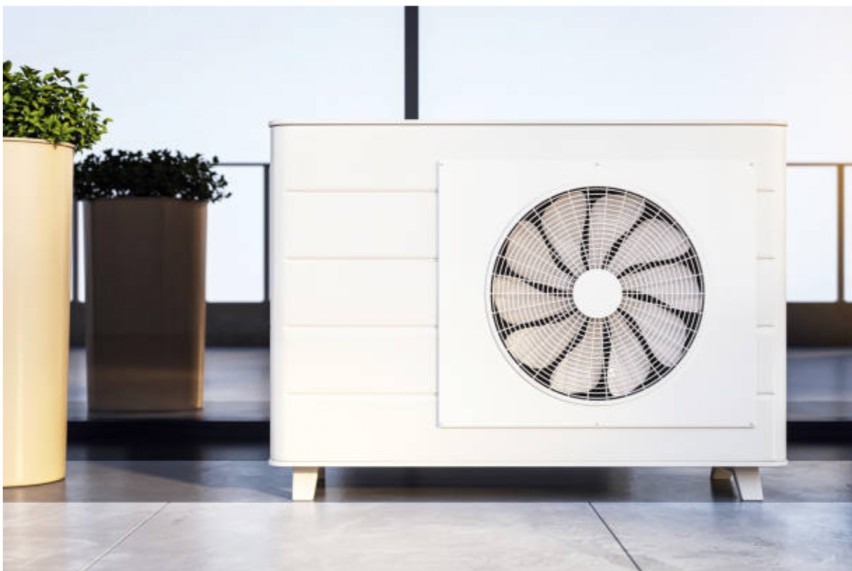In the PC cooling world, proper thermal management plays an essential role in prolonging the life and effectiveness of your parts. To achieve that your system remains cool without any extra power being wasted, one of the ways is by changing the fan revised curve. The fan profile is exactly set in that it not only prevents the fan at higher speeds and as a result of such sets, the noise level will be minimal and hence a perfect balance of satisfying not only cooling capabilities but also because of the efficiency of the fan setting. In this article, we will explore how adjusting your fan speed curve can help you optimize your cooling system and which type of fan is best suited for your needs.
The meaning of Fan Speed Curves
A fan speed curve is an adjustable settings profile that determines which speed your computer is gonna run at depending on the temperature of such sensitive parts as the CPU and GPU. Such curves are very helpful since the fan rotating frequency will only rise when required, needing less noise and energy when the system is not hot. The fan speed graph is a diagrammatic representation of the speed of the fans versus temperature (in Celsius) and the Y-axis will contain the speed of fans (in RPM). With the curve, you can then be able to customize when and how fast your fans ought to spin depending on the change in temperature. The current PCs usually have the default fan profiles installed by manufacturers. These profiles are however generic in nature and may at times not be most effective. You also can customize the fan speed curve to your specific desire in a course of gaming, rendering and other intensive applications. Setting a custom fan speed curve may increase the fan cooling efficiency, low fan noise levels, and save energy.
The Fans and Their Existence to Fan Speed Curves Types of Fans
It is very important to know the kind of fan you are dealing with when trying to adjust your fan speed curve. The various fans have different operating mechanisms and this can influence how the fans will react to temperature variations. Various types of fans are usually installed in PCs including Air Fans, Fluid Dynamic Fans (FDB), PWM Fans, and Radial Fans. The most popular type is air fans used to cool the CPU, GPU, and case during cooling the air is moved over heat sinks in order to transmit heat. Fluid Dynamic Fans its reputation is based on low noise productions and extended life span due to reduced friction achieved by lubricating with fluid. PWM Fans have the functionality of much more fine-grained control of fan speeds, commonly aligned with fan speed curves to achieve a closer-fitting cooling profile. Radial Fans are vertical airflow fans intended to use in smaller systems such as laptops or small form factor construction. Both fans have some distinctive features, and choosing an appropriate fan to your system may affect the effectiveness of your fan after adjusting your temperature and thus changing the fan speed curve. A proper comprehension of the characteristics of the types of fans is important in the quest to get the best cooling performance.
Adjusting Your Fan Speed Curve
Changing your fan speed curve will be a slight variant on hardware and software used. In most cases, you should be able to access your BIOS/UEFI settings and change the setting or a third-party software might as well allow you to do that. In order to get access to BIOS/UEFI restart your PC and press the corresponding key (F2, DEL, or ESC) in order to enter the BIOS. Under BIOS, there should be a configuration option called either fan control, hardware monitor or a combination of both. In this, you can pick a predetermined fan profile, or you are free to manipulate the fan speed curve. To have finer control, a third-party software such as MSI Afterburner, SpeedFan, or HWMonitor may be used to provide a simple user interface over the fan speed curve. These programs enable one to see in real time the temperatures and the speeds of the fans, which makes it simpler to discover the optimal curve. Setting the fan speed at special temperatures will allow the creation of a specific set of curves on most software. To give an example, at 30 C you can program the fan speed to be 20%, at 50 C to 40%, etc. as the temperature increases, the fan speed can also increase. You can optimize the fan speed curve according to your requirements so that you can create an acceptable trade-off between cooling and noise levels.
Fine-Tuning Your Fan Speed Curve for Optimal Efficiency
After making modifications in your fan speed curve, you just need to fine tune it in order to have a more efficient one. The aim is to reach the balance between the cooling performance level and the amount of noise that would be required by you. During adjustment, one should be keen on the amount of noise and temperatures. In case there are unnecessary noise-fans turning up too early, you might have to increase the temperature limits. Conversely, when it is becoming too hot too fast due to a lack of cool down, reduce the temperature set points so that at a given point, the fan will rotate faster when required. The other factor is the kind of work load your PC is operating. In case of gaming or rendering, your CPU and GPU will be making more heat thus requiring a higher fan speed. By comparison, less intensive activity, such as web surfing or office work, will not produce much heat and a lower fan speed will be satisfactory. These variations in the workload should be depicted in your fan speed curve. The key is to test and repeat fan curves in order to reach the best configuration. Conduct stress tests in order to monitor how temperature is handled, and adjust accordingly. This iterative approach will assist you to get the optimum cooling capability with minimum amount of noise.
Conclusion
To increase cooling efficiency of your system, readjusting your fan speed curve is one of the best and easy solutions. You may want to shave off noise, save energy or be sure that your components can work in high loads without over heating, a personalized fan speed curve will do just that – to put you in control. This means you must remember that the kind of fan you will use would have an impact on the manner in which your system reacts to the modified fan speed curve, hence use the correct fan to suit your need. With the help of these tips and some trial and error settings, you should be able to maintain your system to run as well as it can with the least amount of additional noise and power consumption. The trick here is to get the balance right, and there is nothing wrong with just experimenting with various curves until you get the ideal setup of your system.



